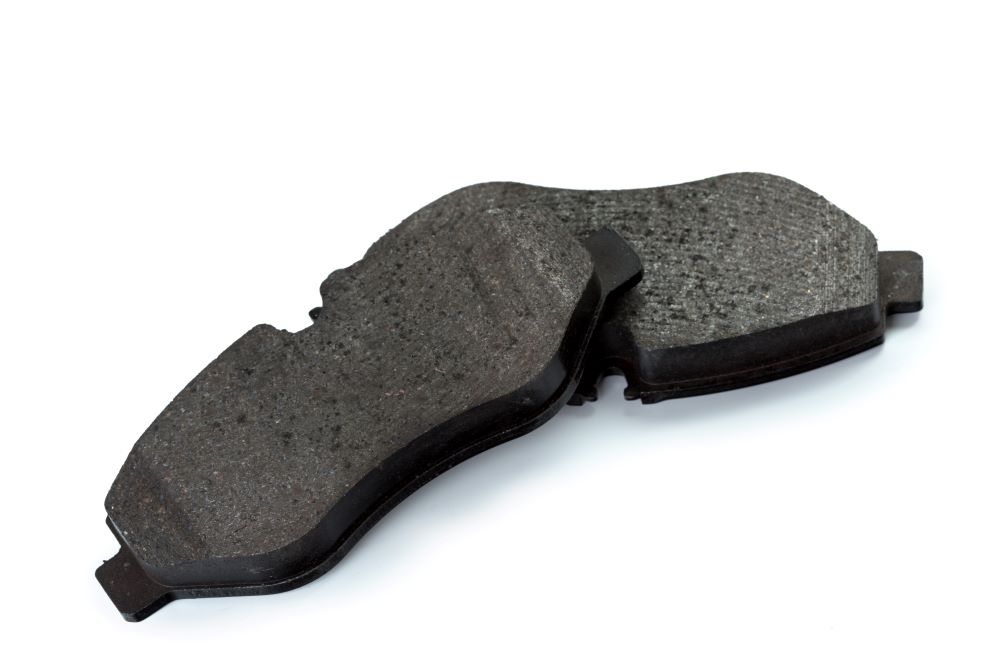9000+ Cashless Garages
1.2 Cr+ Policies Sold

9000+ Cashless Garages
1.2 Cr+ Policies Sold



Vehicles have been a breakthrough invention that has been an indispensable part of our lives. The implementation of modern mechanics along with contemporary technology allows vehicles to perform seamlessly on roads.
However, a variety of complex and inconspicuous systems in vehicles play an essential role in ensuring safety. One such unsung element is a brake shoe that is responsible for bringing the moving vehicle to a halt. It involves intricate mechanisms that effortlessly tackle high-momentum vehicles.
A brake shoe is an indispensable part of a vehicle's braking system and is responsible for forcing a moving vehicle to stop. They are crescent-shaped components found in drum brake systems. One side of a brake shoe comprises a rough material that ensures better friction and grip.
The primary function of a brake shoe is to push against the inside of a brake drum thereby creating friction that eventually stops a vehicle. Besides, brake shoe material is made with firm materials that can withstand regular friction, high temperatures and wear or tear.
Here is a step-by-step explanation of the workings of a brake shoe:
Step 1: As you press a brake pedal, the brake shoe experiences a hydraulic pressure that causes it to press against the brake drum.
Step 2: This pressure generates friction that gradually slows down the vehicle causing its rotating wheels to eventually come to a stop.
A brake shoe lies inside a brake drum and is attached to the backing plate with a special hardware material. Each drum brake system comprises a wheel cylinder in every wheel that seamlessly activates the leading and trailing brake shoes.
Two pistons move these two brake shoes simultaneously. However, the leading shoe is smaller and shorter than the trailing shoe since it requires more power to stop a vehicle. Both these shoes only differ in their size and are made of similar materials.
Here is a table showing the difference between a brake shoe and a brake pad:
|
Basis of Difference |
Brake Shoe |
Brake Pad |
|
Position |
Positioned inside a calliper |
Positioned inside a brake drum |
|
Stopping power |
Have lesser stopping power |
Have higher stopping power |
|
Lifespan |
Does not last long |
Usually lasts longer |
Brake shoes undergo frequent wear and tear due to frictional forces. As a result, they often malfunction or suffer from glitches. However, several warning symbols signify a problem alerting you to take prompt action. Here are a few warning symptoms.
While brake shoes often undergo wear and tear due to friction, you may increase their lifespan with proper care. Here are a few ways you can achieve this goal.
Gentle Deceleration: While driving a car, you must slow it down gently and carefully. Harsh driving leads you to swiftly decelerate your vehicle at times, causing premature wear and tear of its brake shoe. This is because these brake shoes need more power and exceptionally high frictional force to stop the vehicle.
Keep a Check on the Vehicle's Load: While modern vehicles boast cutting-edge technology that enables them to carry heavy loads, it is advisable to carry minimum loads to ensure utmost safety. Excess load puts overwhelmingly high pressure on shoe brakes, causing them to degrade.
Apply Engine Braking Technique: You may use an engine braking technique to enhance the lifespan and efficiency of a brake shoe. In this technique, you take your foot off the accelerator while driving slowly. This allows your engine to develop a natural resistance that puts less pressure on the brakes.
The cost of replacement of brake shoe varies on the type of vehicle you drive and the sort of repairing centre you choose.
To conclude, an effective shoe brake enables you to have a seamless driving experience by ensuring your safety. So, you must be mindful of the warning symbols that prompt immediate action. With careful examination and assessment, you can fix the problems of brake shoes.
You may also like to read about:
Explore Insurance Coverage for Your Vehicle